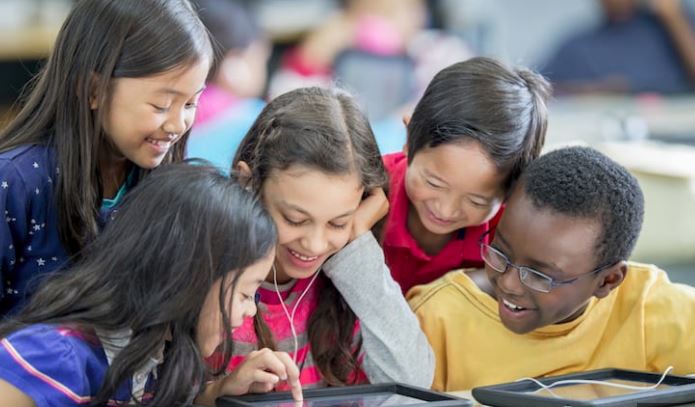Education is an ever-evolving process, and as educators, it is our responsibility to instill a love for lifelong learning in our students. By igniting their curiosity and motivating them to explore new ideas, we empower them to become self-driven, lifelong learners. In this post, we will explore some effective motivation strategies for educators to inspire students to embrace the joy of continuous learning in schools.
- Foster a Positive Learning Environment:
Creating a positive and inclusive classroom setting is crucial for motivating students. Encourage open communication, respect diverse perspectives, and establish a supportive atmosphere where students feel comfortable sharing their thoughts and ideas. A warm and welcoming environment empowers students to participate actively, ask questions, and take risks in their learning journey.
- Make Learning Relevant:
Demonstrate to students how the concepts they learn in the classroom are applicable in real life. Connect the dots between theoretical knowledge and its practical applications. By emphasizing the relevance and importance of the subject matter, students are more likely to engage with the material and grasp its significance.
- Provide Authentic Learning Experiences:
Engage students in hands-on activities and real-world projects that challenge their critical thinking and problem-solving skills. Incorporate experiential learning opportunities, such as field trips, simulations, and collaborative group projects, to make learning more meaningful and enjoyable. These experiences create a sense of relevance and inspire students to apply what they have learned.
- Set Clear Goals and Expectations:
Establish clear learning objectives and communicate them effectively to students. Set achievable goals that are specific, measurable, attainable, relevant, and time-bound (SMART). Involve students in setting their own goals and help them track their progress. When students have a clear purpose and direction, they are more motivated to work towards their desired outcomes.
- Encourage Growth Mindset:
Teach students about the power of a growth mindset – the belief that intelligence and abilities can be developed through effort, perseverance, and learning from failures. Encourage students to embrace challenges, view mistakes as opportunities for growth, and practice resilience. By cultivating a growth mindset, students develop a positive attitude towards learning, overcome obstacles, and strive for continuous improvement.
- Offer Varied Learning Opportunities:
Incorporate a variety of instructional approaches to cater to diverse learning styles and interests. Integrate multimedia, interactive technology, and hands-on activities into your lessons. Encourage students to explore their passions through independent research, projects, or creative assignments. When students have the freedom to choose how they learn best, they are more motivated to engage with the material.
- Celebrate Achievements:
Recognize and celebrate student achievements, both big and small. Highlight their progress, effort, and personal growth. Provide constructive feedback and acknowledge their strengths. Celebrating successes boosts students’ self-confidence, motivates them to continue learning, and fosters a positive learning community.
Conclusion:
As educators, our role extends beyond imparting knowledge; we have the power to inspire lifelong learning in our students. By creating a positive and inclusive learning environment, making learning relevant and engaging, setting clear goals, cultivating a growth mindset, providing varied learning opportunities, and celebrating achievements, we instill in students the joy and motivation to continue learning throughout their lives. Let us embrace these strategies and empower the next generation of lifelong learners.




